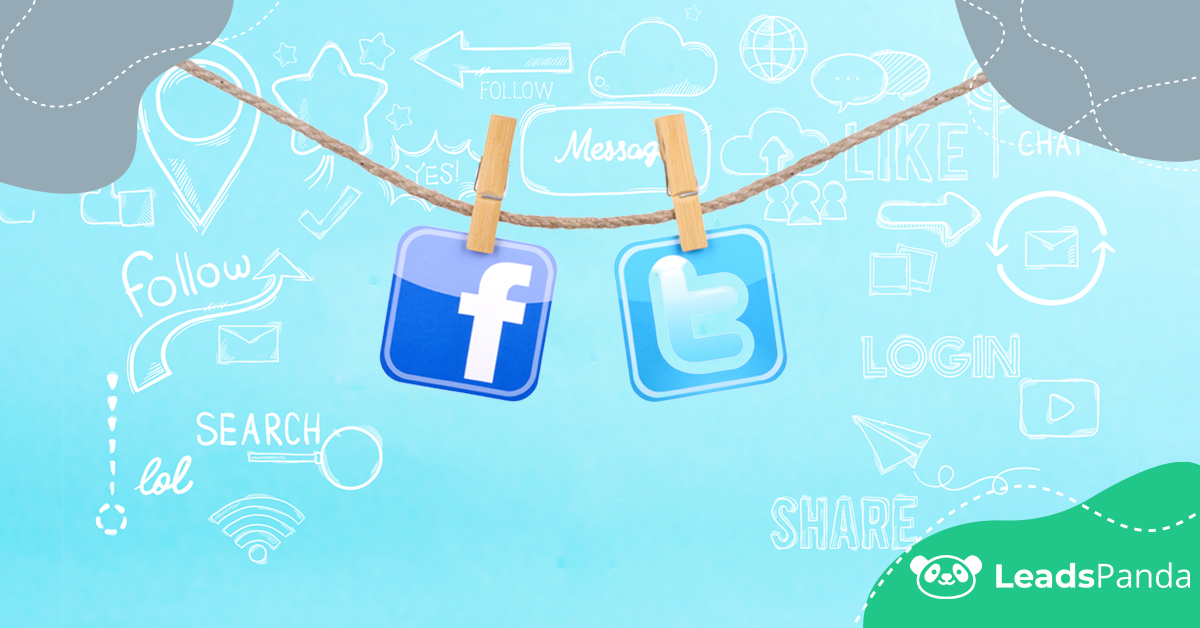Social Media: What’s better for small businesses, Facebook or Twitter?
Should you use Facebook or Twitter for your business? Should you only choose one? Maybe you can use both?
The thing to take note of here is that as social media platforms, Facebook and Twitter deliver information very differently. While a lot of users may have both, in the context of marketing, they serve very different needs.
I would say it all boils down to what your marketing objective is and how well you know your target audience. Let’s take a look at some key examples.
In terms of who you’re trying to reach…
Facebook still has the biggest market share, with over 2.27 billion monthly active users as of the third quarter of 2018. Twitter has 328 million.
Additional research indicates that Facebook caters mostly to the 25-34 demographic, then the 35-44 year olds, followed by the 18-24 age group, and the 55-64 year olds.
Twitter users, on the other hand, are more likely to cater to millennials over any other age group. Even Twitter says that 80 percent of its users are “affluent millennials.” Recent statistics also note that an even number of male and female American users use Twitter—at 21 percent.
The verdict?
If your primary audience is older, you may want to focus your efforts more on Facebook. However, if you’re trying to reach a younger audience, you may have better luck with Twitter.
In terms of how your audience consumes media…
The way audiences consume media has evolved so much through the years—especially with social media platforms like Facebook and Twitter adjusting their platform to make it easier to do so.
For example, did you know that Facebook gets over 8 billion average daily video views? It’s so easy to link popular streaming sites like Vimeo and YouTube up on Facebook that audiences don’t even have to leave the site. However, take note that while a bulk of Facebook users prefer to watch their videos on Facebook, 85 percent will do so with the sound off.
Twitter, on the other hand, is considered a primary source of news, with 74 percent of Twitter users noting that this is where they get their daily news updates.
The verdict?
It depends on what you’re posting. If your primary mode of advertising is video, then you clearly have to be on Facebook. If your strategy is focused more on daily updates, then Twitter is the way to go. It all boils down on what you need.
In terms of longevity…
With Facebook, great content gets a longer shelf life because of its ability to gain steady engagement from users. However, the pace with which information on Twitter flows is very fast. A tweet, no matter how much engagement it receives can just stay on your feed for a few seconds if everyone on your feed is active.
The verdict?
If you want material to stay visible longer on social media, go with Facebook. For example, if you use a lot of photos for your posts, which tends to get a lot of interaction and will stay higher on everyone’s newsfeeds. On the other hand, if it’s simple updates that you can update every hour or every day, use Twitter.
So, what’s the bottom line?
It will really depend on who you’re trying to reach and your company’s social media strategy. My advice? If you have the time and resources, do both. You can dedicate more visual and longer material on Facebook and segment smaller, daily updates to go up on Twitter so you can reach a wider demographic.
If you’d like to talk to us more about this, reach out to me at Leadspanda.
Share This Story
Get the latest growth ideas, strategies, and best practices delivered to your inbox.
Quick read that helps 7000+ subscribers.





